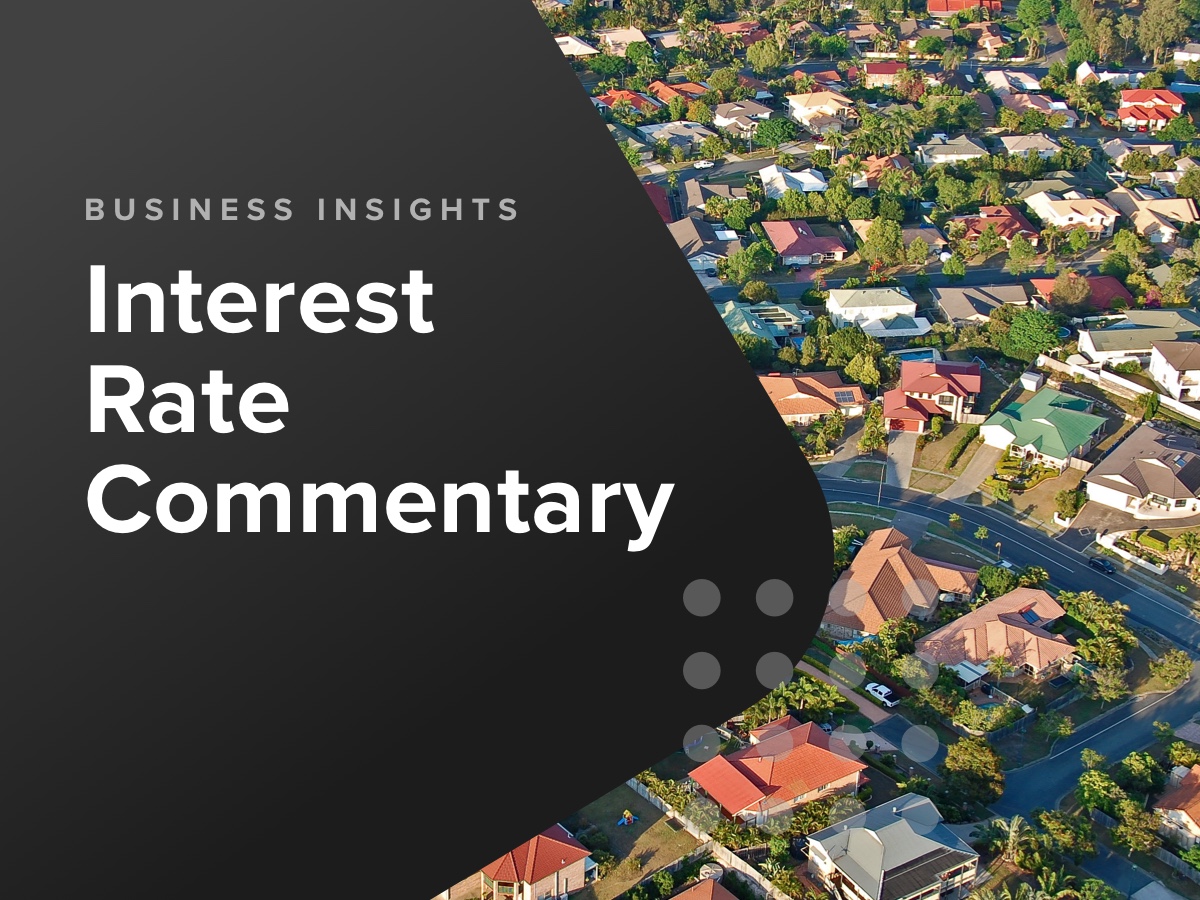The All Groups monthly CPI measure rose to 4.0 per cent over the year to May 2024, up from 3.6 per cent measured in April 2024. While ideally we would like to see this figure moving downwards, it is important to note that the monthly figure excluding volatile items and holiday travel actually fell to 4.0 per cent over the year May, from 4.1 per cent in April 2024.
The measure excluding volatile items has remained relatively flat since Jan 2024, bouncing between 4.1 and 3.9 per cent. Looking at the two different measures, what we can ascertain is that underlying inflation is remaining sticky, though not increasing, and the volatile items continue to bounce around, depending on seasonality and weather factors.
There are clearly price pressures still to be worked through in the economy. The NAB Business Conditions survey also noted small rises in businesses’ expectations of labour, input and product pricing, which mirrors what is happening to actual inflation. Given NAB’s survey is a forward looking indicator, it would appear it will be some time before we see inflation start making its way down into the target band.
This is the scourge of inflation, whereby businesses are forced in increase prices to cope with higher costs imposed on them by other businesses. Price increases will only end once enough businesses are sufficiently hurt by falling demand that they are forced to stop price increases to maintain their customer base. Unfortunately, record high migration has fuelled demand in many services-based industries and in housing, which has given businesses in these non-discretionary type industries the green light to raise prices.
The good news is that net migration levels are now falling, and the heat will be taken out of population-induced demand, although this will take time to flow through to the wider economy.
Overall, and taken along with many other data points feeding into the RBA’s decision-making process, the May result hardens our view that the cash rate will stay at current levels until well into 2025. While a higher cash rate will help tame inflation faster, the stress indicators in the business community are so high that this will likely result in too high a rise in unemployment which the RBA is trying to avoid.
GET IN TOUCH
For more information on how you can safeguard your business from the impacts of high inflation, contact our team today.

Get started with CreditorWatch today
Take your credit management to the next level with a 14-day free trial.

